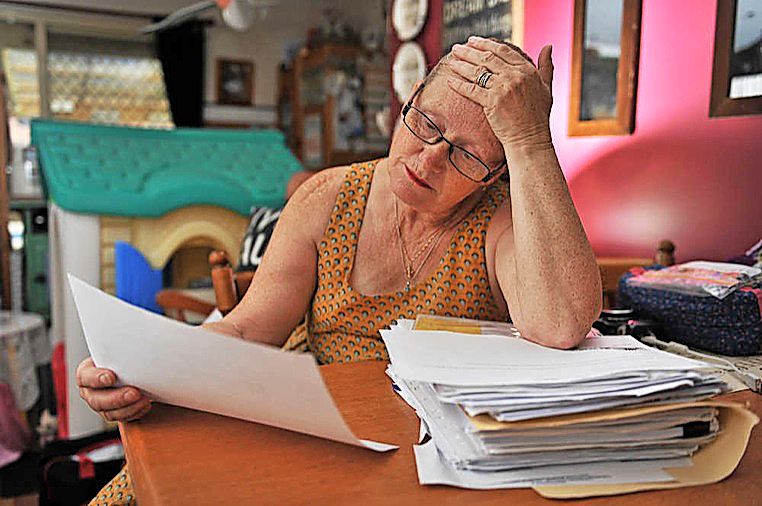All Caryn Hearsch wants to do is work. But the Hoppers Crossing resident is struggling to find a job, despite sending off 359 applications in the past two years.
Ms Hearsch, 58, was a medical secretary- personal assistant at a rehabilitation centre in Melbourne for 42 years until she slipped on a wet floor at work one morning in 2012.
“I injured my left shoulder and had a reconstruction in September that year,” she said.
“After making an attempt to re-enter the workforce in January 2013, I wasn’t able to do data entry continually for eight hours a day so I was terminated as no suitable position could be found.”
Between attending a range of medical appointments, Ms Hearsch began to apply for jobs.
“Sadly all my efforts returned not one interview,” she said.
Two years passed and she began to question her purpose for being alive.
She began to volunteer at op shops and at schools to read to students. Her volunteering became a full-time occupation.
Re-education
Because she was enjoying her role with children, Ms Hearsch decided to return to school. She studied to be an education support officer in the hope of finding a paid position.
“After about 150 applications, I gained two interviews but was told I wasn’t the preferred applicant,” she said.
Today she relies on a Newstart allowance from Centrelink of $525 a fortnight – not enough to meet her mortgage repayments.
“Work, that’s what I want to do, but nobody will give me a chance,” she said. “I will happily work until the day I die. I had no intention of ever giving up work; I loved my job and felt I was making a difference.
“Today I feel I have no purpose and am no use.”
Employment U-curve
Western suburbs development body Lead West’s chief executive, Craig Rowley, said Ms Hearsch was not alone.
“We’re certainly aware of the problem,” he said. “We often focus on the rate of youth unemployment being high, but it’s a U-curve.
“You have high unemployment for 15 to 25-year-olds and then it drops. But at 45 it begins to rise again.”
Mr Rowley said there was a need to increase the number of jobs close to where people live to combat the rising rates.
“Employers also need to understand that having workforces that are as diverse as the community they serve is beneficial to their business,” he said. “We shouldn’t have age discrimination.”







